I invite you to look at the medical instruments of the past, and thank the Universe that you will never have to visit the doctors of that time. 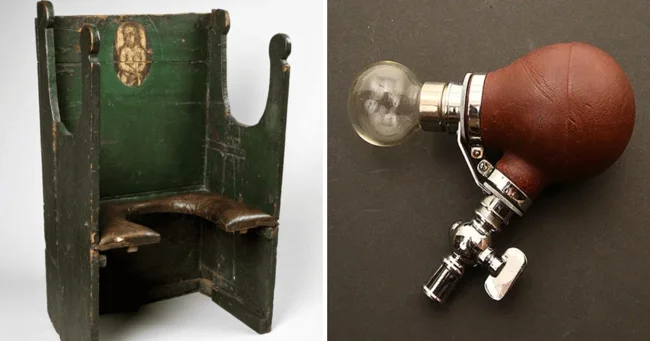
Past centuries have left us a legacy of a variety of medical instruments that were used for diagnosis, treatment and surgical interventions. At first glance, it is quite difficult to understand what their purpose was. Doctors of that time created various devices to save lives and health of people, using their experience and ingenuity. Yes, some of them were not always effective, and sometimes even harmful. However, in the future, it was these creepy devices that helped medicine make significant progress and give humanity the opportunity to live longer and better.
Dental syringe, 1905 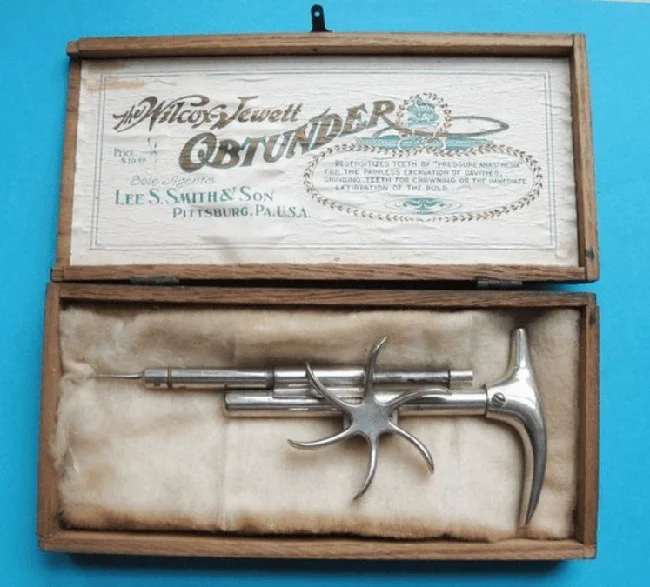
This syringe was used to administer painkillers.
Inro boxes used during the Edo period to transport medicine, 1603-1867 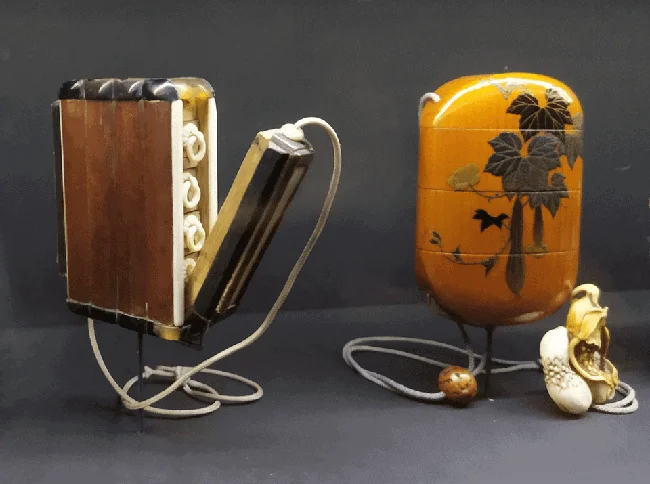
Medieval medicine cabinet containing 126 medicine bottles, 1560s 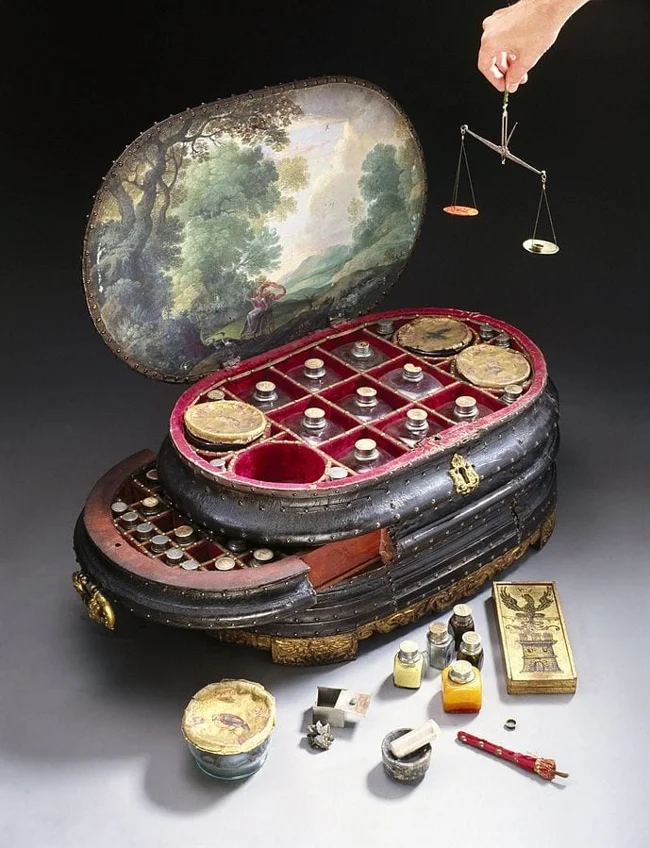
Pneumothorax device for introducing gas into the chest cavity to collapse the lung, 1901-1930 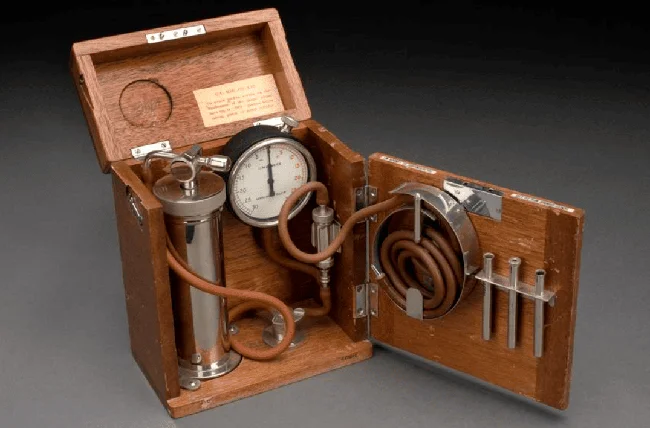
It was a widely used device for treating tuberculosis before the discovery of effective antibiotics.
Ear tube for audiometry 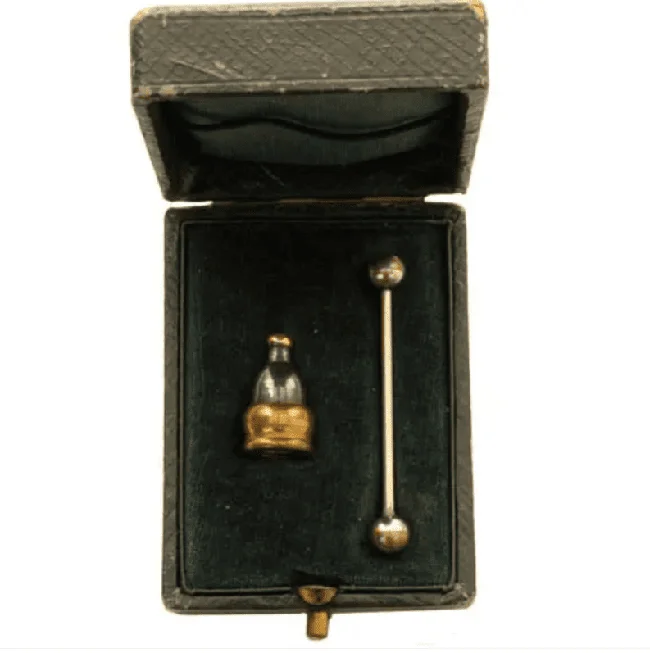
A rare device designed to test bone conduction.
Brass syringe with case, 1601-1630 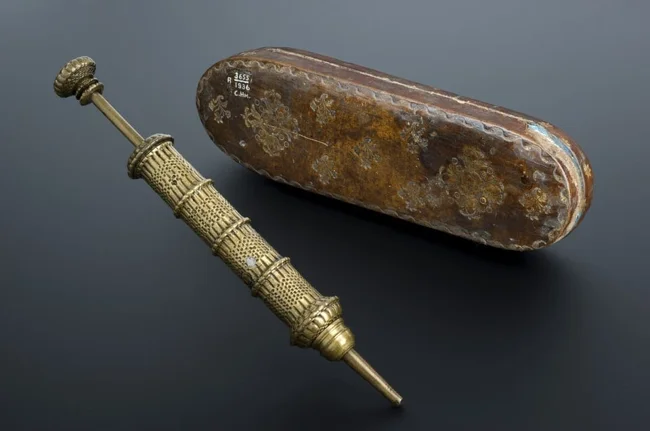
Metal piston enema with container and replaceable tips, 19th century 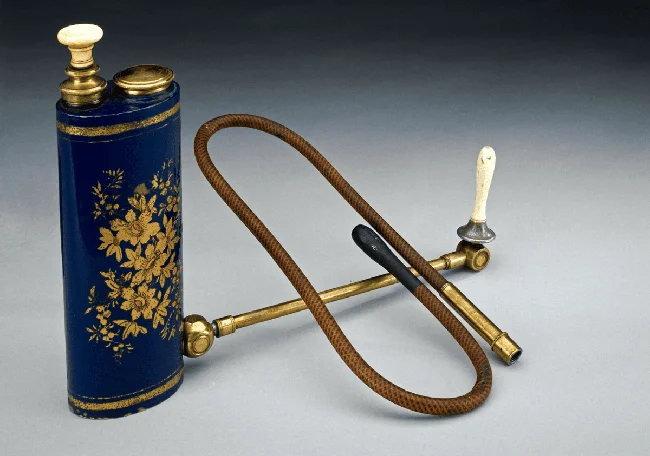
Lancet for bloodletting, 1850 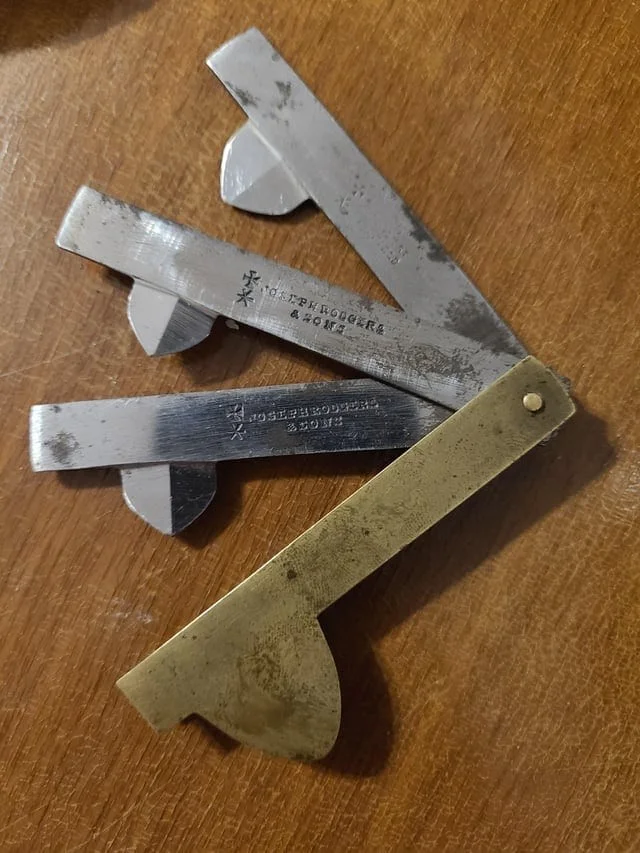
Mallam Scarifier, 1874 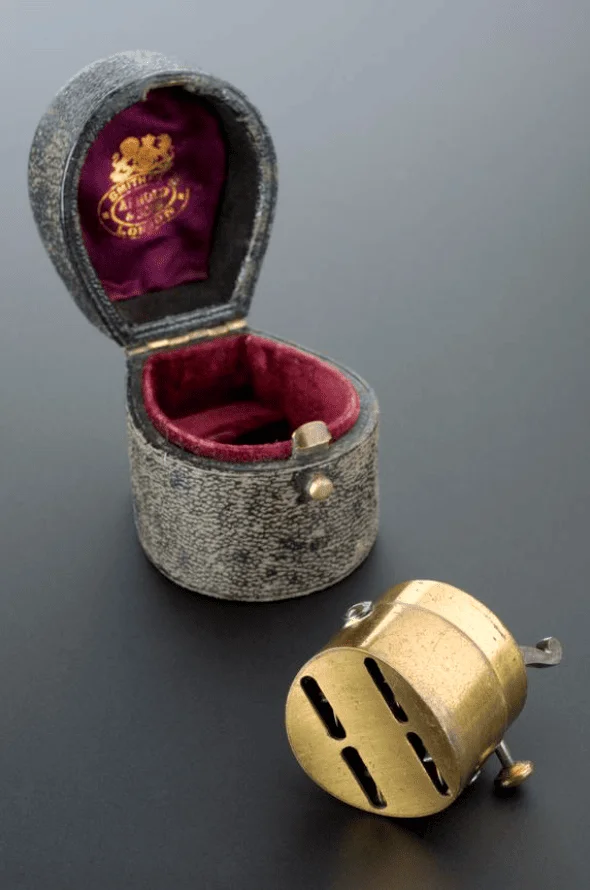
The instrument was used for vaccination against smallpox.
Folding birthing chair, 1701-1830 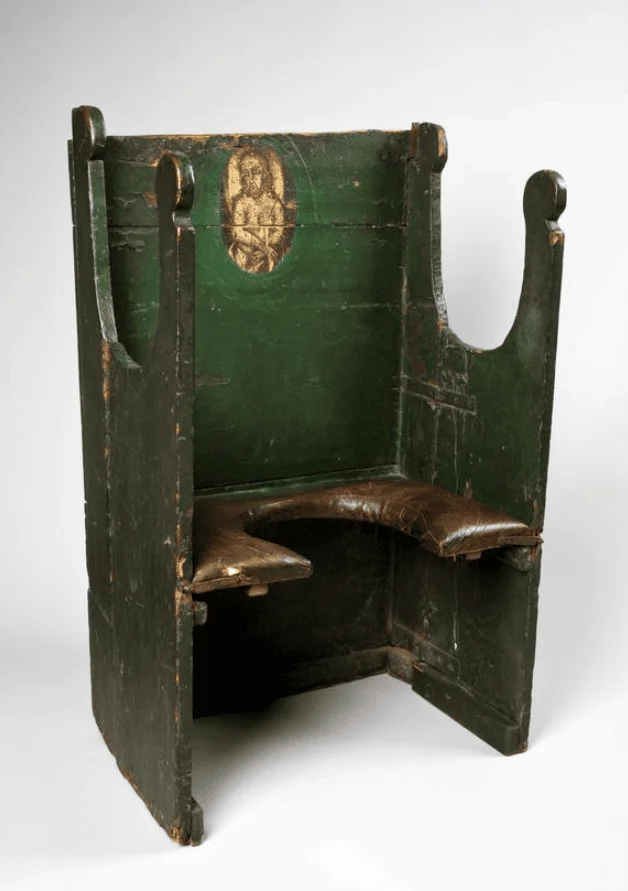
An image of Christ is painted on the back of the chair above where the woman's head would have rested.
Bullet extractor, 1500 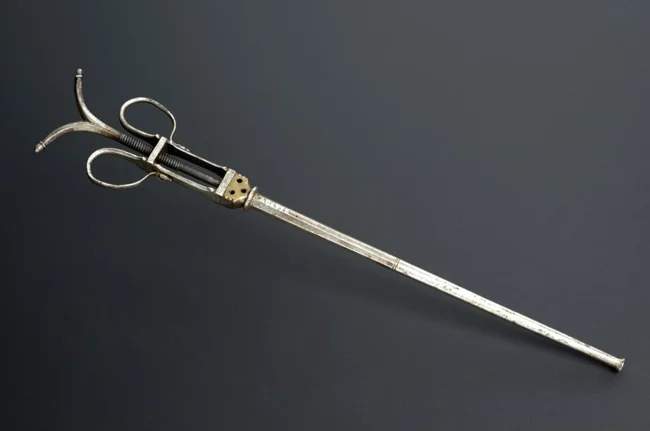
Trephination tool, 1701-1800 
Nose correction device 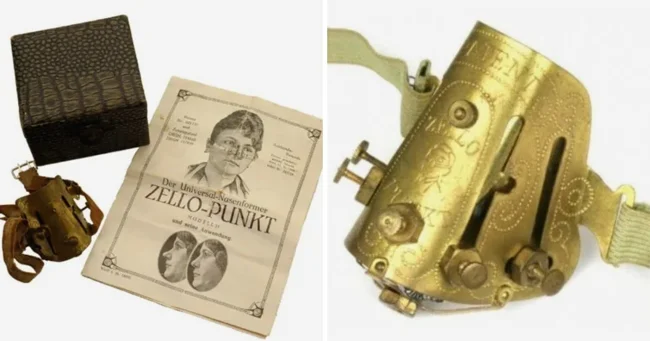
European amputation saw, 1575 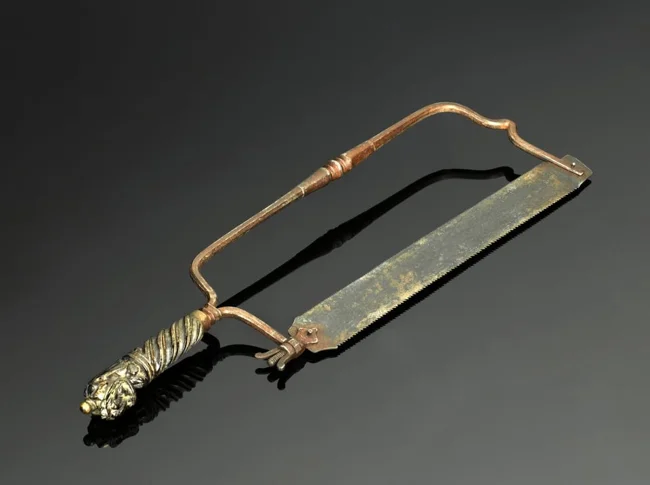
Carbolic Steam Sprayer 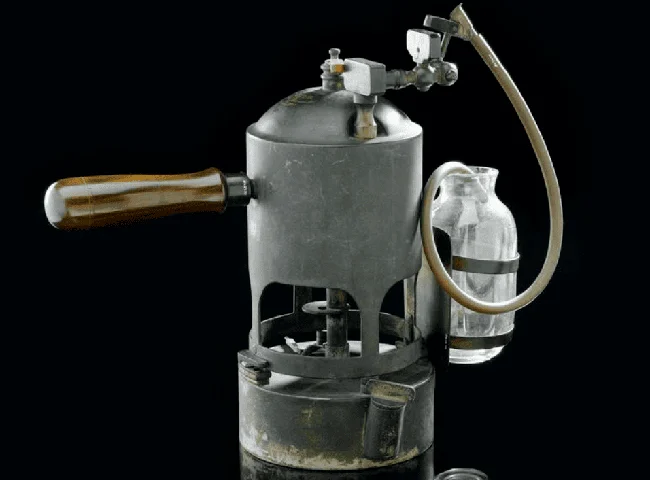
The device was used to disinfect tissues during surgery.
Urological pump 
Electroplating apparatus, 1865 
A medical electrostatic machine that was used to treat a wide variety of diseases.
Dynamometer, 1751-1823 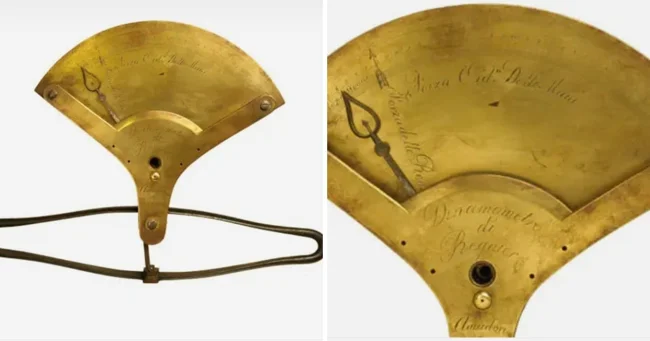
The tool was used to assess an individual's muscle strength and determine the clinical progression of neuromuscular weakness.
Curved trocar, 1880 
This is a surgical instrument with a pointed end that was used to penetrate the body cavities of the human body while maintaining their tightness. Today, modern trocars are used in medicine.
0 comments
